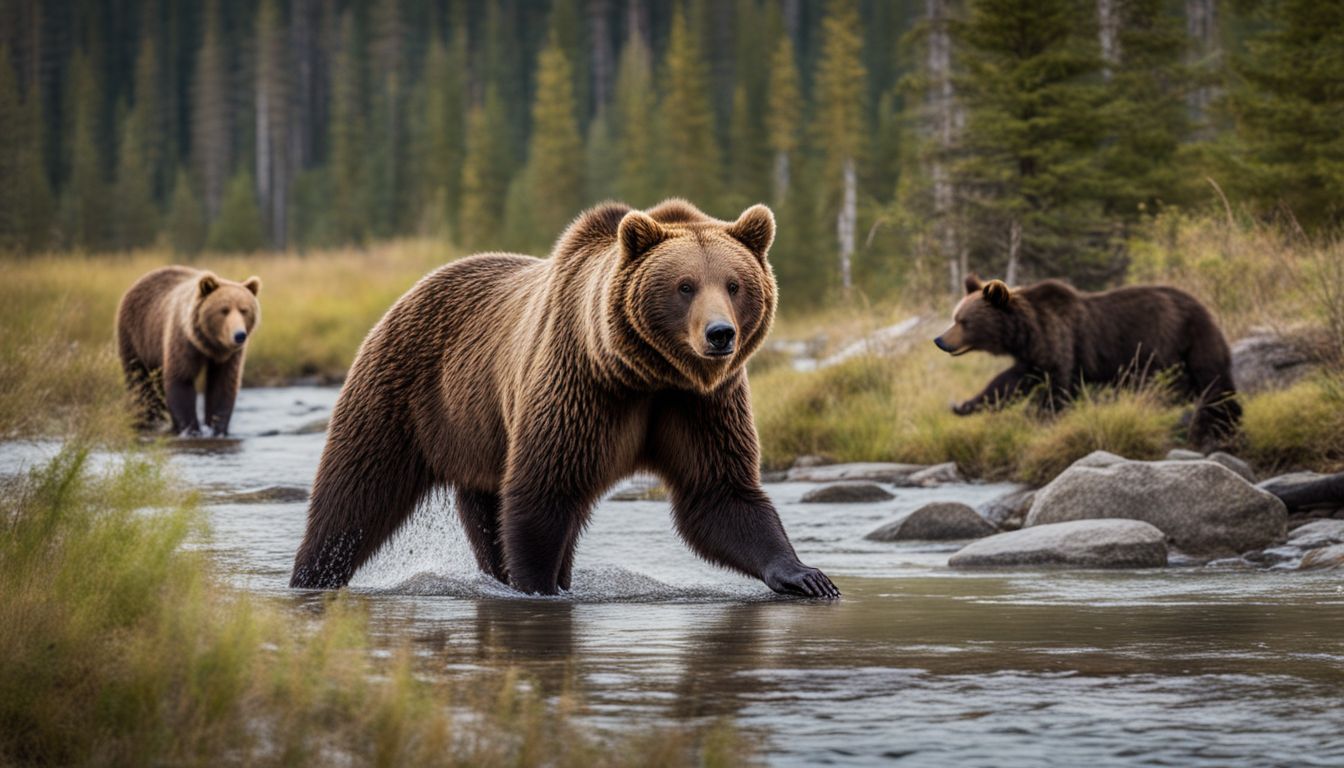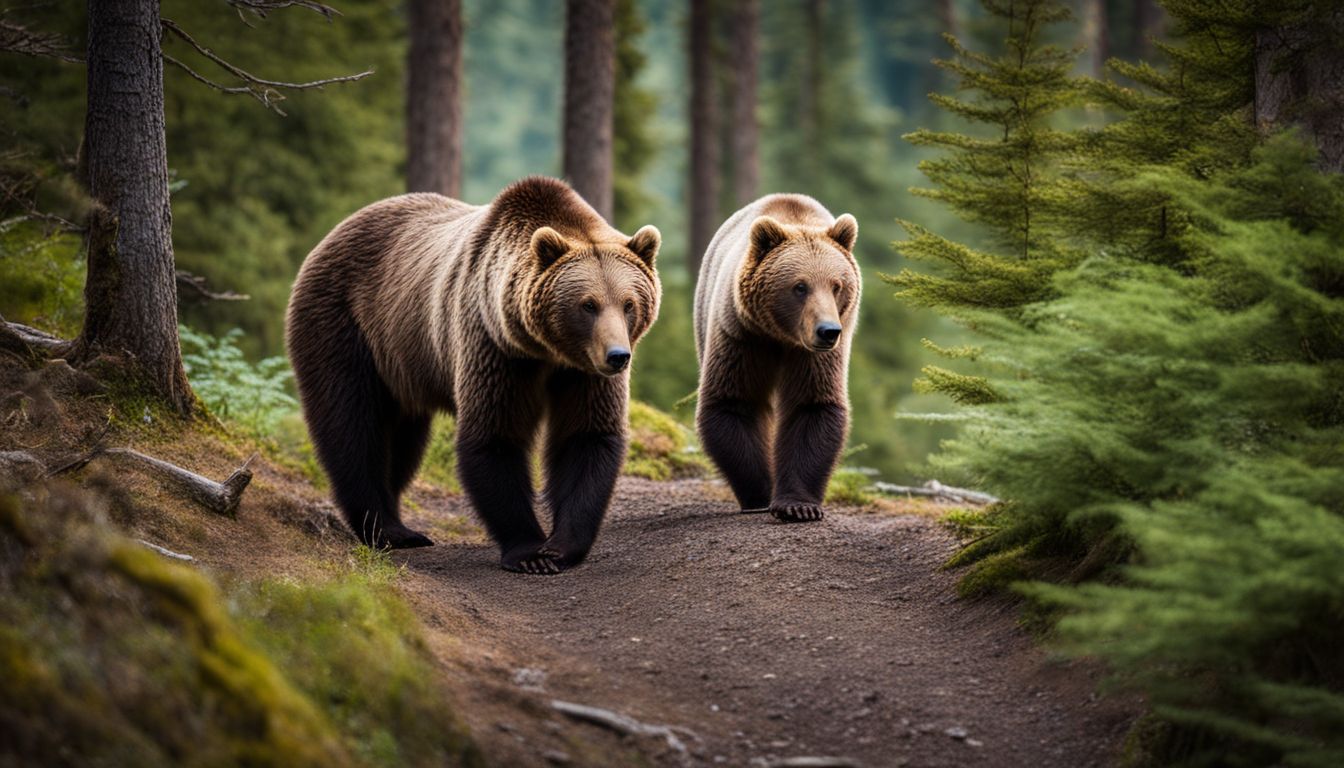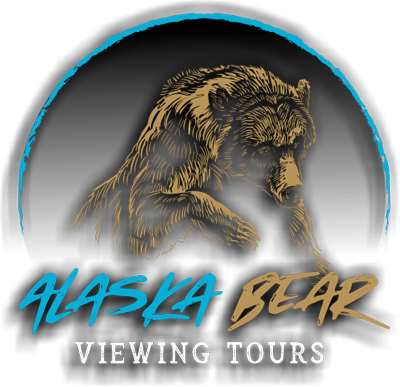What’s The Difference Between Grizzly Bears And Brown Bears?
Many outdoor enthusiasts wonder why some some bears are called grizzly bears, and others brown bears when they look so similar. Here’s an interesting tidbit: both names actually refer to the same species, Ursus arctos. This article will dive in and help you understand the difference between grizzly bears and brown bears, and how these things set these majestic creatures apart.
Diving into the nuanced distinctions between brown bears and grizzly bears reveals a complex picture, shaped by subtle variations in their biology and ecosystems. Delve deeper to understand how these differences manifest across various aspects such as classification, physicality, habitats, and behavior that set these seemingly similar creatures apart.

Classification and Taxonomy
Brown bears, grizzly bears, and Kodiak bears are often spoken of as if they’re entirely different bear species roaming the wild. However, scientifically speaking, both fall under the same species known as Ursus arctos.
This distinction can sometimes cause confusion because many think of them as separate entities. To clarify, while every grizzly is a brown bear, not all brown bears can be called grizzlies. The term “grizzly” typically refers to the North American subspecies Ursus arctos horribilis
Meanwhile, what most people call a ‘grizzly’ specifically refers to the North American subspecies with its own tag: Ursus arctos horribilis. These classifications help scientists study their behaviors and track conservation efforts effectively across different regions where these magnificent creatures stroll and rule.
The taxonomy becomes particularly interesting when considering specific populations like the Kodiak bears of Alaska – these giants are also a subspecies of brown bear! Their scientific label reflects their unique habitat – Ursus arctos middendorffi.
Physical characteristics
Moving from the labels and classifications, we dive into the striking differences in physical characteristics between brown bears and grizzlies. The coastal giants of Alaska, known as brown bears, are a sight to behold with their monumental size; they can tip the scales at an astonishing 1,650 pounds.
Towering over many other bear species, these bears may stand up to 9 feet tall when on their hind legs. They embody sheer power and strength—a testament to the rich feeding grounds along the coast that support their growth.
Grizzly bears paint quite a different picture with their more modest physique. Despite being smaller, grizzlies exhibit remarkable adaptability and utilize what’s available in leaner habitats. Their distinct shoulder humps and shorter claws set them apart visually while signaling evolutionary adaptations for digging roots or catching prey—an indication of how diverse diets shape bear biology across different regions.
Fur color
Grizzly bears boast a distinctive fur color pattern that truly sets them apart. Their coats are often dark brown, but the longer guard hairs on their shoulders and hump can be tipped with white or gray, giving them a “grizzled” look.
This unique coloring isn’t just for show; it helps camouflage these powerful creatures in their diverse habitats.
Brown bears in various regions may also display various shades of brown, from light cream to almost black. However, what’s remarkable about grizzlies is how their silver-tipped fur captures the sunlight, creating an almost shimmering effect against the backdrop of dense forests and rugged mountain terrain.
These majestic animals carry their colors like a badge of honor—survivors and lords of the wilderness they call home.
Size and morphology
While fur color offers clues to differentiating these majestic creatures, size and morphology provide clearer indicators. Coastal brown bears particularly stand out as some of the largest bears in the world thanks to their rich diet.
These giants can tip the scales at an impressive 1,650 pounds and loom up to 9 feet tall when standing on their hind legs. Their heft is largely due to an abundant intake of fatty salmon, a stark contrast to their inland relatives.
The grizzly bears living further from the coast have leaner frames, reflecting their more varied yet less plentiful food sources. Unlike coastal brown bears’ towering stature, grizzlies are decidedly smaller—not just lighter but also shorter in both body length and height when upright—due in part to harsher living conditions away from salmon-rich waters.
This significant variance in physique between coastal and inland populations exemplifies how diet influences not just bear weight but overall morphology within this species complex.

Diet and behavior
While both grizzly and brown bears play crucial roles in their respective ecosystems, their survival often intertwines because of shared habitats and similar dietary preferences.
Coastal brown bears often hit the jackpot with their salmon-rich diets, bulking up to become some of the largest bears on earth. Picture these giants along Alaska’s shores, feasting on fish to pack on pounds. Their bountiful food supply leads them to be less aggressive compared to their inland relatives.
Inland grizzlies have it different and roam forests and mountains where they hunt for a wider variety of food due to less accessible fish resources. They might eat berries, nuts, roots, small mammals, or even insects to fulfill their nutritional needs.
This limited diet may explain why inland grizzlies tend to fiercely guard their territories and are quick tempered when it comes down to food competition – a behavior outdoor adventurers should respect from a safe distance.
Despite these differences in dining habits, both bear types sometimes cross paths when searching for food or exploring new territories within North America’s vast wilderness areas.
Habitat and distribution
Grizzly bears thrive in a range of habitats, from dense forests and alpine meadows to mountain valleys. Wherever they roam, these majestic creatures adapt to their surroundings, demonstrating an impressive versatility in where they can call home. Inland grizzlies often settle in areas further from the ocean than their larger cousins.
As for distribution, if you’re out exploring the wilderness in North America, keep your eyes peeled for these giants predominantly in Alaska and parts of western Canada. But don’t be fooled into thinking that’s all there is—grizzly sightings can occur across multiple states from Washington down through Wyoming into Montana.
Umbrella species
Grizzly bears and brown bears hold a unique position in the web of life as umbrella species. This means that by focusing on their conservation, we inherently safeguard a plethora of other wildlife that share their habitat.
Respecting these majestic creatures isn’t just about the individual species; it’s about maintaining the integrity of entire ecosystems. They act as powerful symbols for wider environmental health, indicating thriving biodiversity beneath their vast shadows.
These bear populations are essential to ecosystem balance, influencing everything from prey populations to the distribution of plant life through their activities. Keeping a healthy balance between protecting and hunting these beautiful animals has a ripple effect, boosting efforts across various levels of the food chain and geography.
Outdoor adventurers who respect and understand the critical role grizzlies and brown bears play contribute greatly to sustaining our natural landscapes for future generations.
Difference Between Grizzly Bears and Brown Bears | Now That You Know
As we have shown here, it’s clear that location and diet primarily define whether we call these majestic creatures brown bears or grizzlies. From the Alaskan coastline to the rugged interiors, each bear adapts uniquely to its home. It’s easy to see that the truths about their differences go beyond simple labels—each bear tells a story of adaptation and survival.
If you’re looking for a chance to see these majestic creatures in their natural habitat check out Alaska bear viewing trips HERE.
Frequently Asked Questions(FAQ)
1. Are brown bears and grizzly bears the same thing?
No, they are not exactly the same. All grizzly bears are a type of brown bear, but not all brown bears can be called grizzlies. The main difference lies in their habitat and physical characteristics.
2. How can you tell a grizzly bear from other types of bears?
Grizzly bears have unique features like a hump on their back, long claws for digging, and a dished face profile that sets them apart from black or Kodiak bears.
3. Where do grizzly bears typically live?
Grizzly bears mostly live in North America in areas with dense forestation, mountainous landscapes, and abundant wildlife where they find food like fish or berries.
4. What makes Kodiak bears different from grizzlies?
Kodiak bears are a specific subspecies of brown bear found only on Alaska's Kodiak Islands; they tend to be larger with no significant shoulder hump compared to mainland grizzlies.
5. How big is the largest breed of bear when compared to a grizzly?
Polar Bears generally top the size chart among species related to size comparison with Grizzlies coming next followed by Black Bears being smaller than both Polar and Grizzlys.


